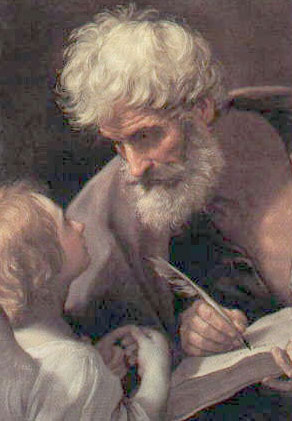 Dr Matthew Bunson co-wrote, with Margaret Bunson, a compelling biography of St. Damien.
Dr Matthew Bunson co-wrote, with Margaret Bunson, a compelling biography of St. Damien.
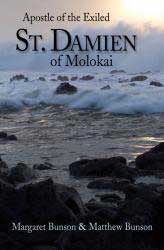 Dr. Bunson took time to share many more aspects of the life of this incredible saint.
Dr. Bunson took time to share many more aspects of the life of this incredible saint.
Podcast: Play in new window | Download (Duration: 29:44 — 27.2MB) | Embed
Subscribe: Apple Podcasts | Spotify | Amazon Music | Android | Pandora | iHeartRadio | JioSaavn | Podchaser | Gaana | Podcast Index | Email | TuneIn | Deezer | Anghami | RSS | More
St Jozef Damien De Veuster (1840-1889) – from vatican.va
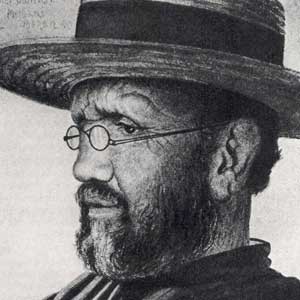 St Jozef Damien De Veuster, ss.cc, was born at Tremelo, Belgium, on 3 January 1840 (see also p. 8). Jozef (“Jef”) began his novitiate with the Congregation of the Sacred Hearts of Jesus and Mary (“Picpus Fathers”) at the beginning of 1859 and took the name Damien. He would pray every day before a picture of St Francis
St Jozef Damien De Veuster, ss.cc, was born at Tremelo, Belgium, on 3 January 1840 (see also p. 8). Jozef (“Jef”) began his novitiate with the Congregation of the Sacred Hearts of Jesus and Mary (“Picpus Fathers”) at the beginning of 1859 and took the name Damien. He would pray every day before a picture of St Francis
Xavier, patron of missionaries, to be sent on a mission. In 1863 his brother, who was to leave for a mission in the Hawaiian Islands, fell ill. Since preparations for the voyage had already been made, Damien obtained permission from the Superior General to take his brother’s place. He landed in Honolulu on 19 March 1864. He was ordained to the priesthood on the following 21 May.
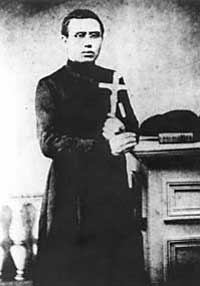 At that time, the Hawaiian Government decided on the harsh measure of quarantine aimed at preventing the spread of leprosy: the deportation to the neighbouring Island of Molokai of all those infected by what was then thought to be an incurable disease. The entire mission was concerned about the abandoned lepers and Bishop Louis Maigret, a Picpus father, felt sure they needed priests. He did not want to send anyone “in the name of obedience” because he was aware such an assignment was a potential death sentence. Of the four brothers who volunteered, Damien was the first to leave on 10 May 1873 for Kalaupapa.
At that time, the Hawaiian Government decided on the harsh measure of quarantine aimed at preventing the spread of leprosy: the deportation to the neighbouring Island of Molokai of all those infected by what was then thought to be an incurable disease. The entire mission was concerned about the abandoned lepers and Bishop Louis Maigret, a Picpus father, felt sure they needed priests. He did not want to send anyone “in the name of obedience” because he was aware such an assignment was a potential death sentence. Of the four brothers who volunteered, Damien was the first to leave on 10 May 1873 for Kalaupapa.
At his own request and that of the lepers, he remained on Molokai. Having contracted leprosy himself, he died on 15 April 1889, at the age of 49, after serving 16 years among the lepers. He was buried in the local cemetery under the same Pandanus tree where he had first slept upon his arrival in Molokai. His remains were exhumed in 1936 at the request of the Belgian Government and translated to a crypt of the Church of the Congregation of the Sacred Hearts at Louvain. Damien is universally known for having freely shared the life of the lepers in quarantine on the Kalaupapa Peninsula of Molokai. His departure for the “cursed isle”, the announcement of his illness (leprosy) in 1884 and his subsequent death deeply impressed his contemporaries of all denominations.
Damien was above all a Catholic missionary. Fr Damien is known today as a hero of charity because he identified so closely with 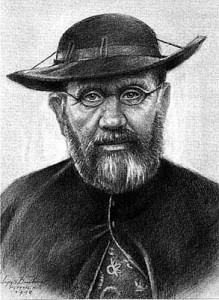 thevictims of leprosy.
thevictims of leprosy.
He respected the religious convictions of others; he accepted them as people and received with joy their collaboration and their help. With a heart wide open to the most abject and wretched, he showed no difference in his approach and in his care of the lepers. In his parish ministry or in his works of charity he found a place for everyone.
He continues to inspire thousands of believers and non-believers who wish to imitate him and to discover the source of his heroism. People of all creeds and all philosophical systems recognized in him the Servant of God which he always revealed himself to be, and respect his passion for the salvation of souls.
Pope John Paul II beatified Damien de Veuster in Brussels on 4 June 1995.

